|
| A |
 | Usage: aftir
'a' is double compartment with flat head linked by hairline. | 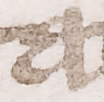 | Usage: gate
the lower compartment is generally larger than the upper compartment. |
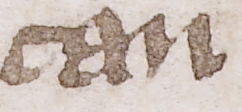 | Usage: can | 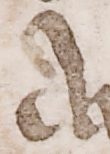 | Usage: And |
|
| D |
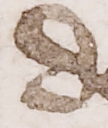 | Usage: deth
looped 'd' is used most of the time. | 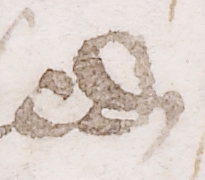 | Usage: tried
in final position, 'd' is often tagged. |
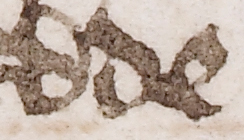 | Usage: REdde
an occasional use of unlooped 'd'. | 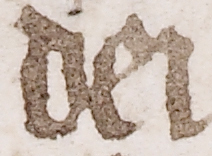 | Usage: dei
this unlooped 'd' is in the scribe's more formal script used to introduce the 'Passus'. |
|
| G |
 | Usage: god
the lower lobe of double compartment 'g' is frequently smaller than the upper compartment. | 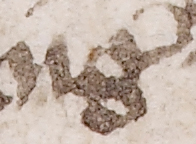 | Usage: vndirfang
occasionally final 'g' has a flourish attached to the horizontal extension. |
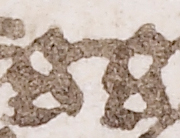 | Usage: Eggyd
the lower compartments of 'g' frequently look ragged. |  | Usage: god
'g' in the scribe's more formal script. |
|
| H |
 | Usage: hosbundrye
the head of 'h' is generally looped. | 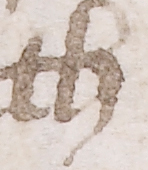 | Usage: asketh |
 | Usage: thorouȝh | 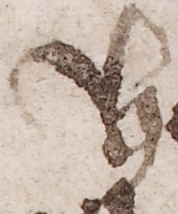 | Usage: Holy
upper case 'H' with curved extension out into the left margin which defines the graph as upper case. |
|
| R |
 | Usage: robe
long 'r' is used in all positions. |  | Usage: ar(e)
frequent flourishes attached to final 'r' usually denoting a missing 'e'. |
 | Usage: or
'z'-shaped 'r' is used only after 'o'. | 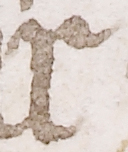 | Usage: dabitur
the modern 'r' of the scribe's display script. |
|
| S |
 | Usage: seiden
long 's' is used in initial and medial positions. |  | Usage: se
sigma 's' is also used in initial as well as in final positions. |
 | Usage: knees |  | Usage: So |
|
| W |
 | Usage: whom
'w' is looped with the base of the left element sitting higher than the right. |  | Usage: thow
the middle loop stands above the elements on either side. |
 | Usage: knowyng
the lower compartment of the 'B'-shape at the right is lower than the left part of the graph. |  | Usage: What
a different graph as the upper case letter. Both heads are open with the left arm reaching out to the left instead of forming a loop over the remainder of the graph. |
|
| Y |
 | Usage: wyttes
'y's are mainly dotted. |  | Usage: my
the tail may be longer or shorter but always turns counter-clockwise to finish. |
 | Usage: peyne |  | Usage: mayde |
|
| Thorn and Yogh |
 | Usage: þt
thorn is used frequently throughout. |  | Usage: leiȝeþ |
 | Usage: rytȝfullyche
yogh is used both as equivalent of 'gh' and of 'y'. |  | Usage: ȝoure |
|
| Upper Case Letters |
 | Usage: Than |  | Usage: Iudas |
 | Usage: Ne |  | Usage: Be |










































